Astronomy and Space Exploration Highlights of 2021
Written on
As we bid farewell to 2020, 2021 brings fresh prospects for advancing our comprehension of the universe. The upcoming year is filled with the promise of groundbreaking discoveries related to our Sun and Mars, as various space agencies around the world gear up for both robotic and human exploration missions.
However, as we all experienced last year, it's important to remember that plans can change unexpectedly.
While astronomy often provides a sense of certainty—such as predicting eclipses and planetary movements centuries in advance—the journey into space remains fraught with challenges, and success is never guaranteed.
In our previous article, we reviewed the top twelve stories from the world of astronomy and space exploration in 2020, one for each month. Now, we set our sights on the skies, contemplating the wonders of the cosmos and our fledgling ventures into space, as we explore what 2021 may have in store for us:
February: Insights from the Parker Solar Probe
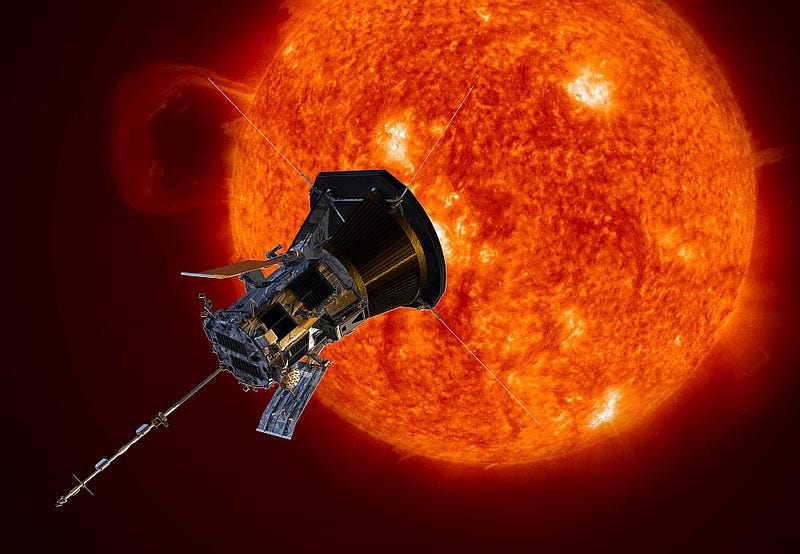
The Parker Solar Probe, designed for in-depth study of our Sun, is poised to unveil new secrets at the start of 2021. Launched in August 2018, the probe completed its sixth close pass to the Sun on September 27, 2020, with results expected to be published in February.
Throughout 2021, the Parker Solar Probe will approach the Sun four times and Venus twice, offering astronomers unparalleled observations of solar activity. NASA states, “The next solar encounter will occur from January 12 to 23, 2021, allowing for coordinated observations with multiple ground and space-based observatories.”
Early evaluations of the data to be released in February reveal a sungrazer comet sighting just before the destruction of SOHO-4063 by solar heat.
On September 27, 2020, the Parker spacecraft achieved a remarkable speed of 466,592 KPH (289,927 MPH), a record that is expected to be surpassed multiple times in 2021.
February 2021: Mars Missions by China and the UAE
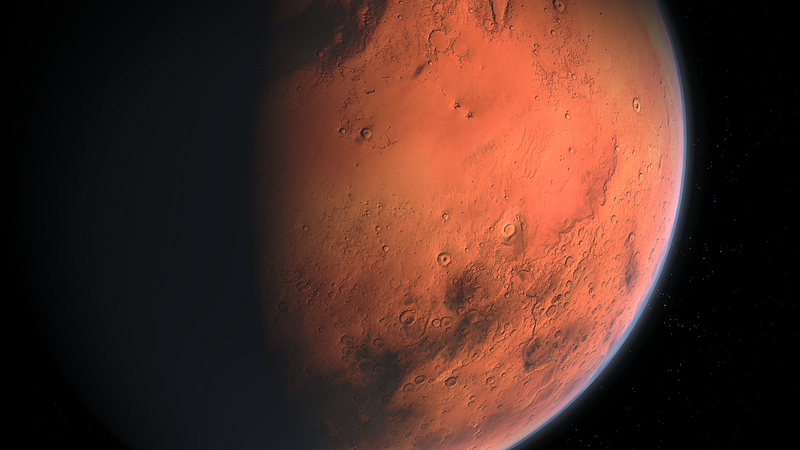
On February 9, 2021, the Emirates Mars Mission, developed in the UAE, will reach Mars, marking the first interplanetary mission from a Middle Eastern country. The Hope orbiter will study the Martian atmosphere, aiming to provide a comprehensive overview of its conditions.
According to the UAE Space Agency, “The Emirates Mars Mission Hope Probe is tasked with delivering the first complete depiction of the Martian atmosphere, utilizing three advanced scientific instruments.”
Shortly after, China's Tianwen-1 mission, which consists of an orbiter, lander, and rover, will arrive at Mars to search for evidence of current or past life and investigate the planet's geology and chemistry.
February 18, 2021: Perseverance's Historic Landing
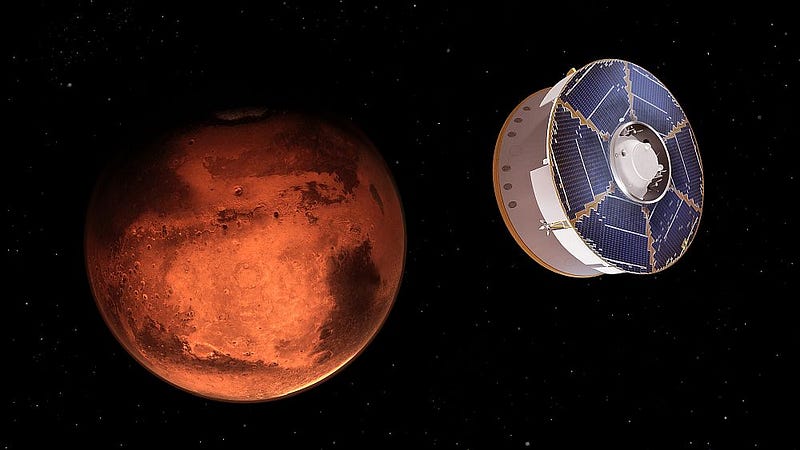
The Mars 2020 mission reaches a pivotal milestone as the Perseverance rover is set to land on the Red Planet just a few weeks into the new year. This mission includes the first helicopter designed for flight on another planet, which could revolutionize exploration methods.
NASA outlines, “The Perseverance rover will seek signs of ancient microbial life and collect core samples of Martian rock and soil for future return to Earth. It will also test technologies essential for potential human exploration of Mars.”
March 19: Celestial Alignment of the Moon, Mars, and Pleiades

Following the remarkable Great Conjunction of 2020, March 2021 offers a stunning alignment of the Moon, Mars, and the Pleiades. This event will be observable from most of the Northern Hemisphere, with the Moon and Mars forming a striking duo in the evening sky.
Spring 2021: SpaceX Crew 2 Launches with NASA
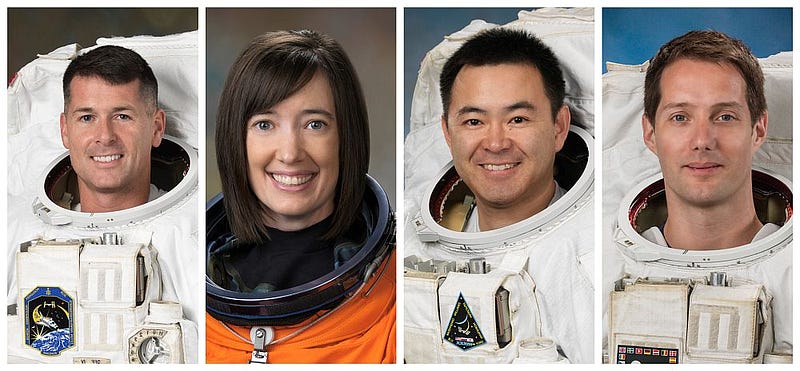
In Spring 2021, SpaceX, in collaboration with NASA, will launch four astronauts to the International Space Station (ISS) on the Crew 2 mission, marking the third crewed flight for the private space company. The launch was initially set for March 30 but may be postponed due to a test flight of Boeing's Starliner on March 29.
The astronauts participating in this mission include Commander Shane Kimbrough, Pilot Megan McArthur, JAXA's Akihiko Hoshide, and ESA's Thomas Pesquet. The Crew 2 team will spend approximately six months aboard the ISS.
May 26: Total Lunar Eclipse
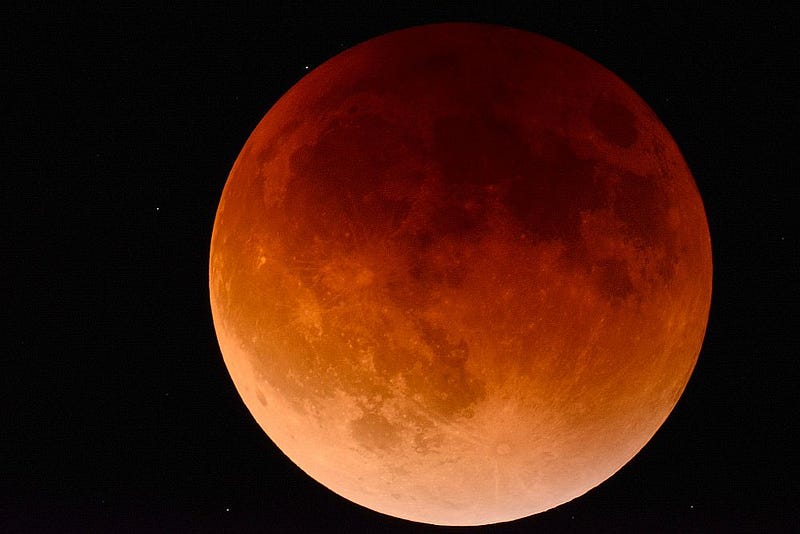
On May 26, skygazers throughout the Americas will experience a total lunar eclipse, often referred to as a blood moon due to its reddish hue. This event coincides with a supermoon, as the Moon is at its closest point to Earth.
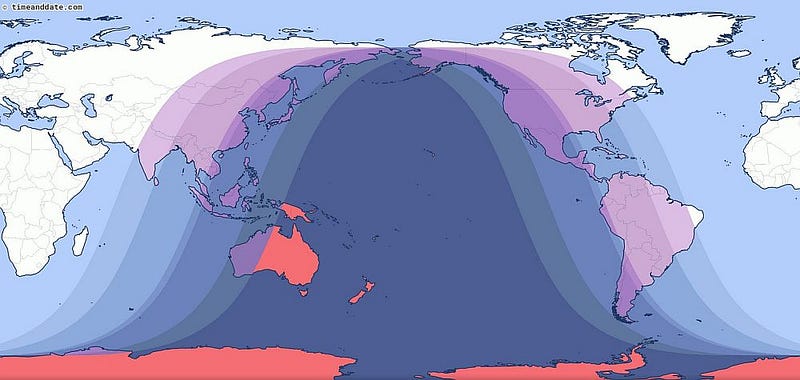
Observers should be prepared for a late-night viewing, as total lunar eclipses take several hours to unfold. Those who miss this event can look forward to a partial lunar eclipse on November 18.
October 2021: Russia's Luna-25 Mission

In October 2021, Russia, in partnership with the European Space Agency, will launch the Luna-25 mission, marking a significant return to lunar exploration. This mission aims to study the Moon's surface, collect samples, and potentially establish a human presence on the Moon in the future.
Vladimir Kolmykov, Director General of the Lavochkin Scientific and Production Association, reported in April 2020, “The Luna-25 spacecraft is in the assembly phase, and despite some cooperative challenges, we aim to achieve a launch in 2021.”
October 31: James Webb Space Telescope Launch

Slated to launch on Halloween 2021, the James Webb Space Telescope (JWST) is positioned to succeed the Hubble Space Telescope. This powerful instrument will allow astronomers to delve deeper into the universe and study distant celestial bodies.
Unlike Hubble, which orbits Earth, JWST will orbit the Sun, necessitating precise engineering for a successful launch.
The JWST is expected to transform our understanding of the universe and could potentially reveal the first signs of extraterrestrial life.
November: Artemis 1 Mission
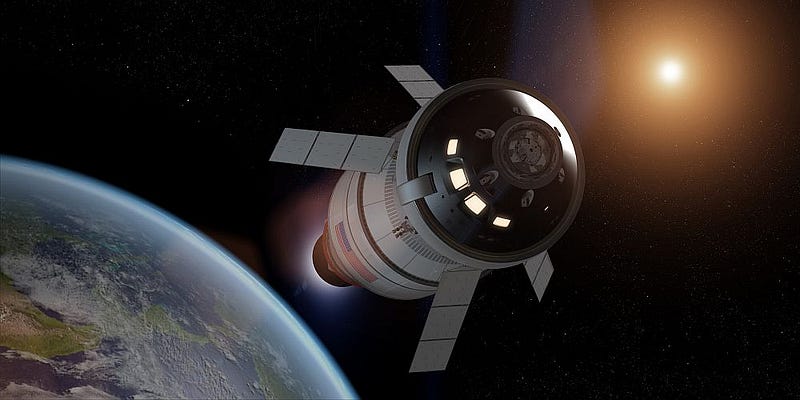
To further its ambition of returning humans to the Moon by 2024, NASA plans to launch the Artemis 1 mission in November 2021. This uncrewed mission will test systems designed to ensure the safe travel and return of astronauts.
NASA states, “The Artemis 1 mission will send the Orion spacecraft around the Moon while carrying 13 small satellites for scientific and technological studies.”
November 18: Partial Lunar Eclipse
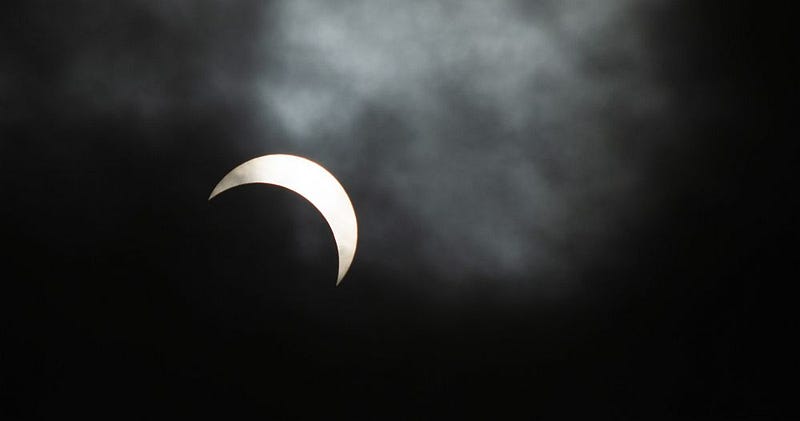
On November 18, a partial lunar eclipse will occur, visible from various regions, including eastern Asia, Australia, and the Americas. While not as dramatic as a total eclipse, it offers a delightful sight for amateur astronomers.
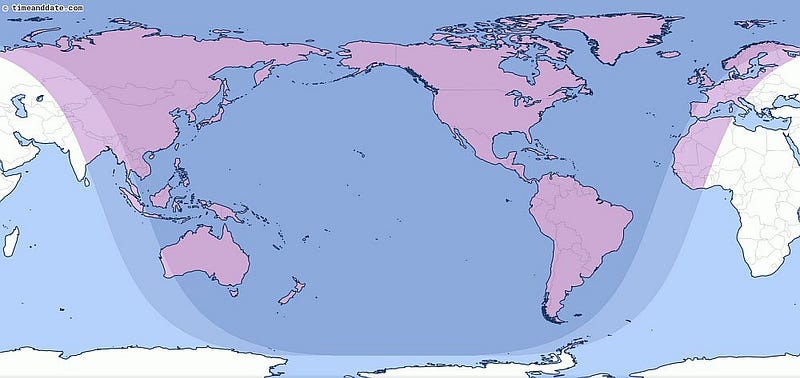
Lunar eclipses unfold over several hours, making it easy to observe. The next lunar event visible from the Americas will be a total eclipse on May 16, 2022.
The future holds endless possibilities and surprises, and while plans may change, we can look forward to an exciting year ahead. Regardless of what unfolds in 2021, The Cosmic Companion wishes everyone a joyful and prosperous new year.
James Maynard is the founder and publisher of The Cosmic Companion, residing in Tucson, Arizona, with his wife, Nicole, and their cat, Max.
Did you enjoy this article? Connect with us at The Cosmic Companion Network for our podcast, weekly videos, informative newsletters, and news briefings on Amazon Alexa!